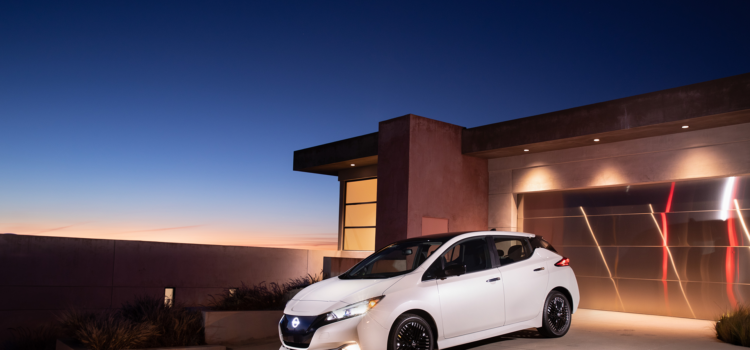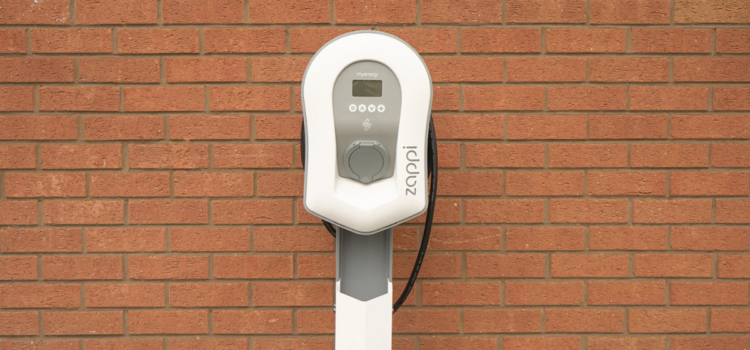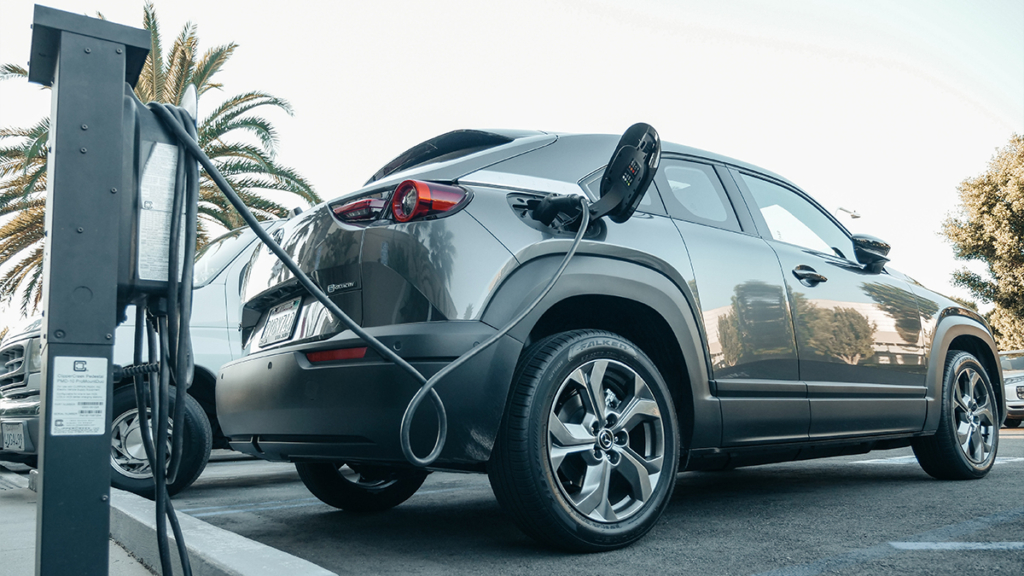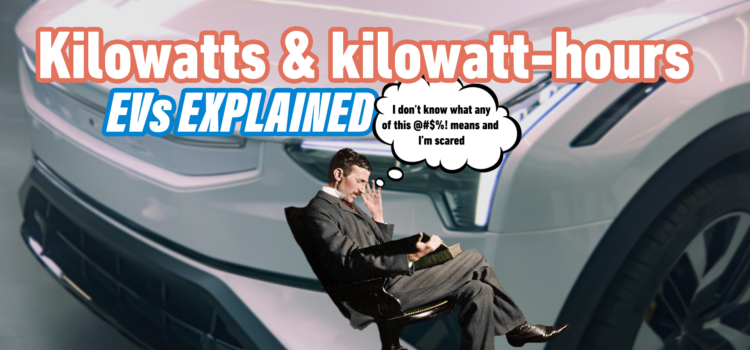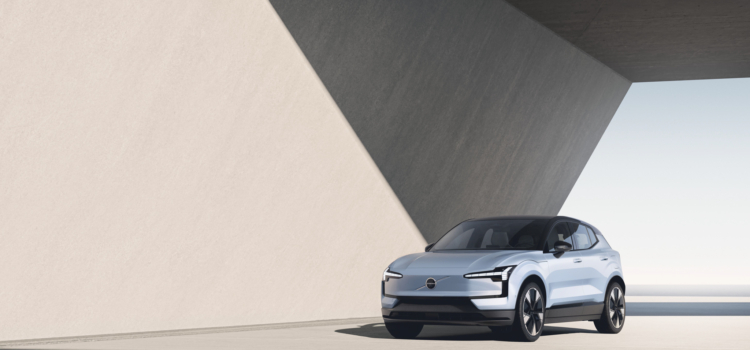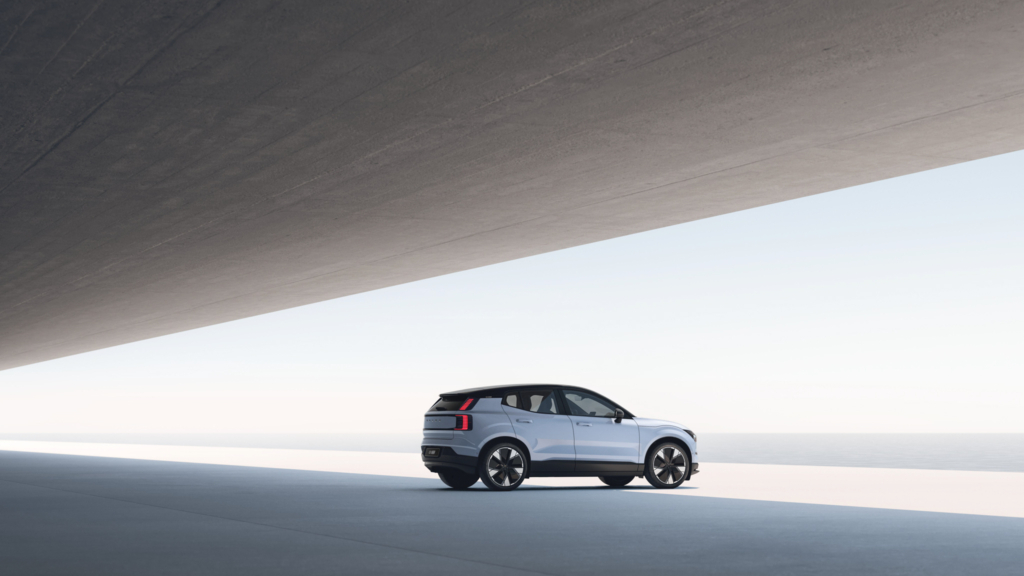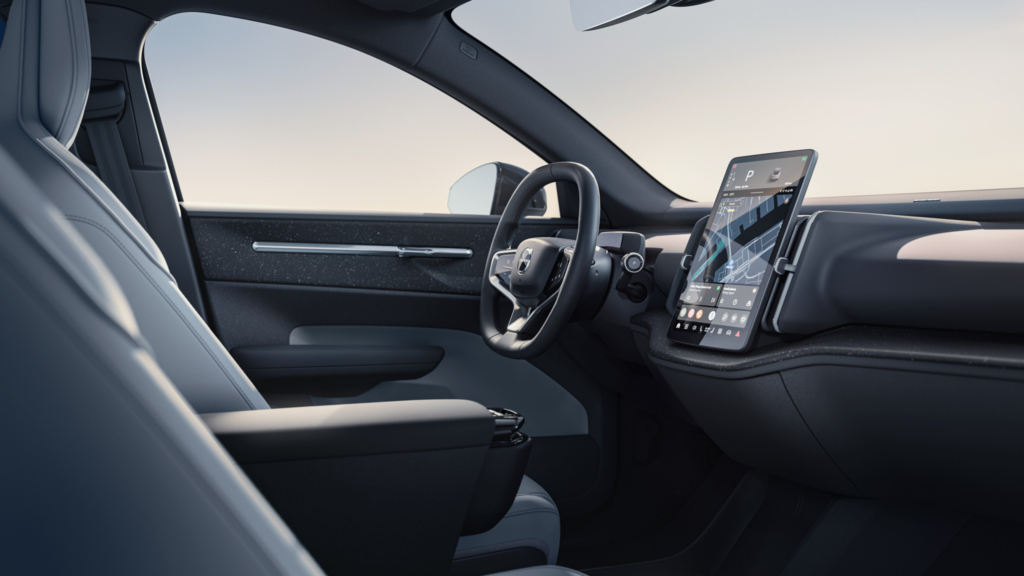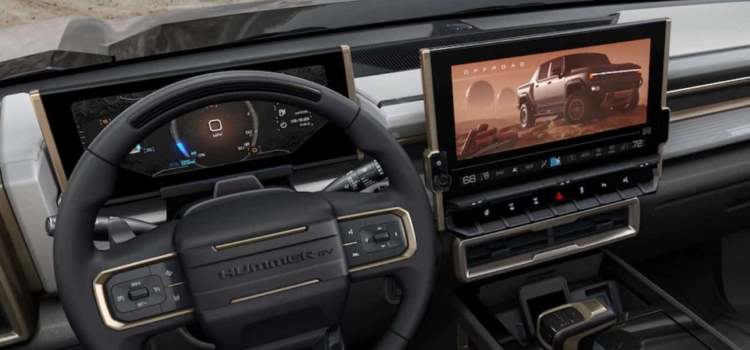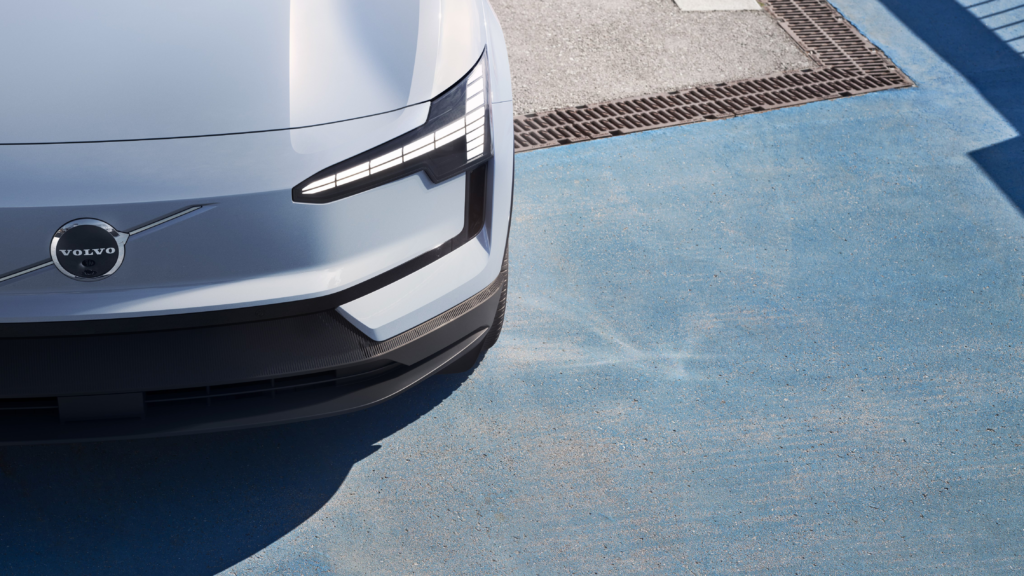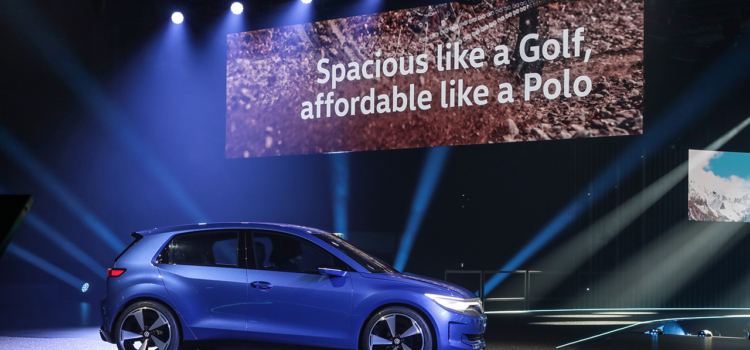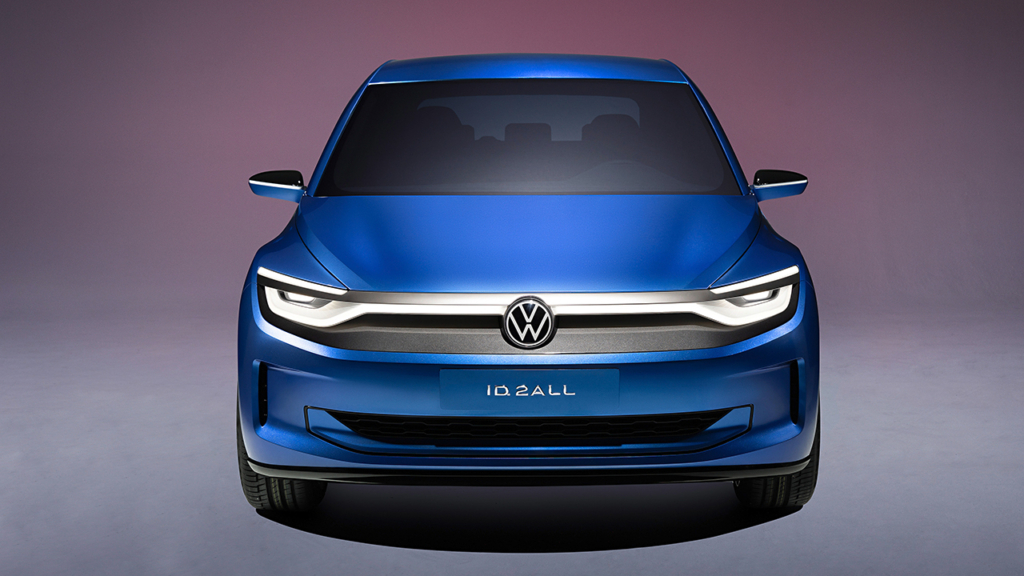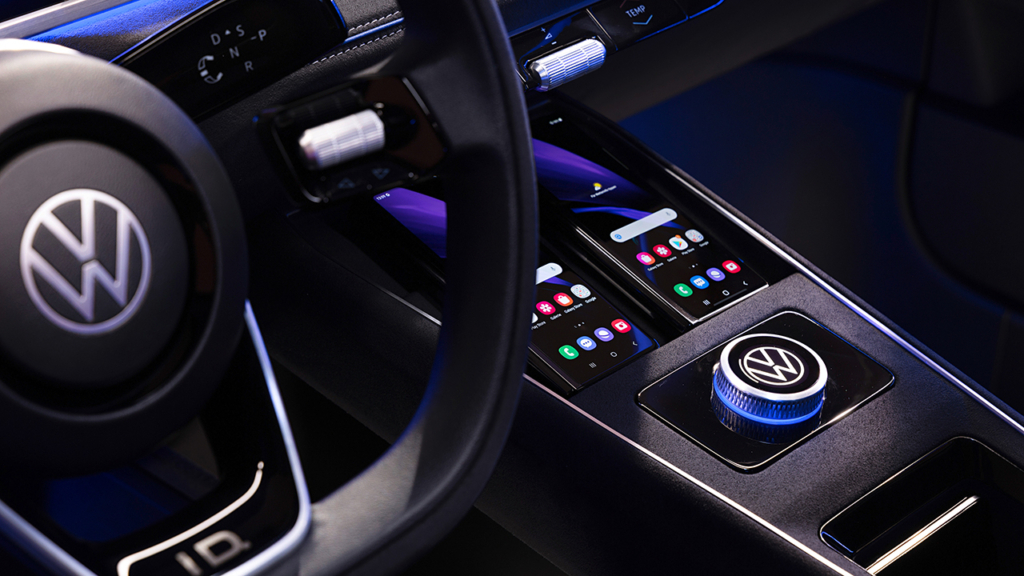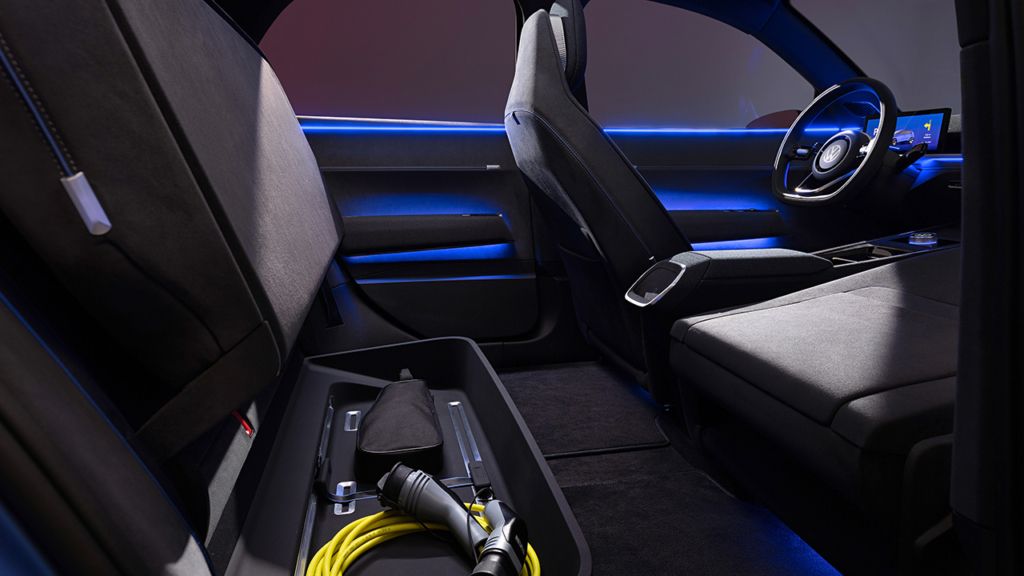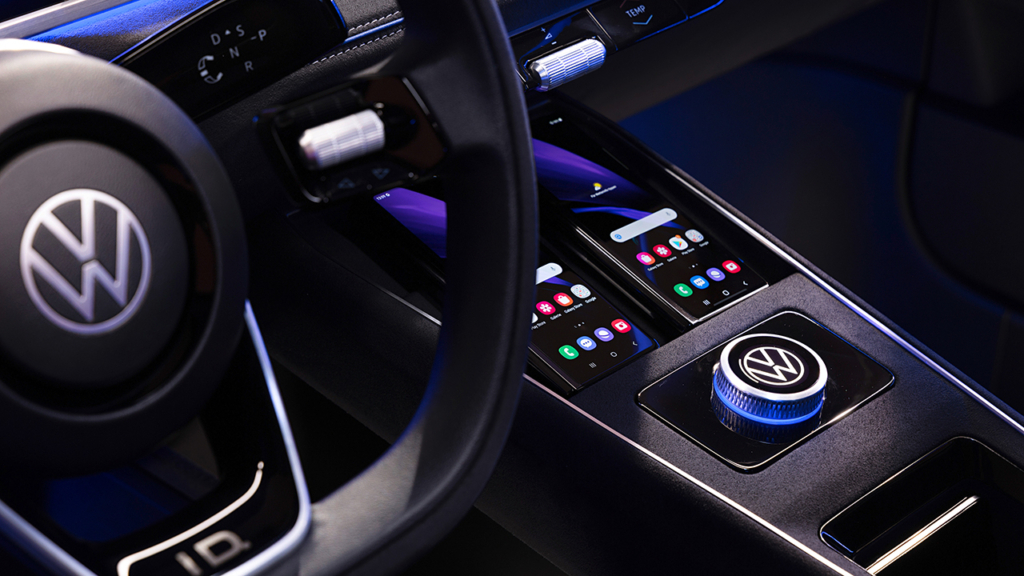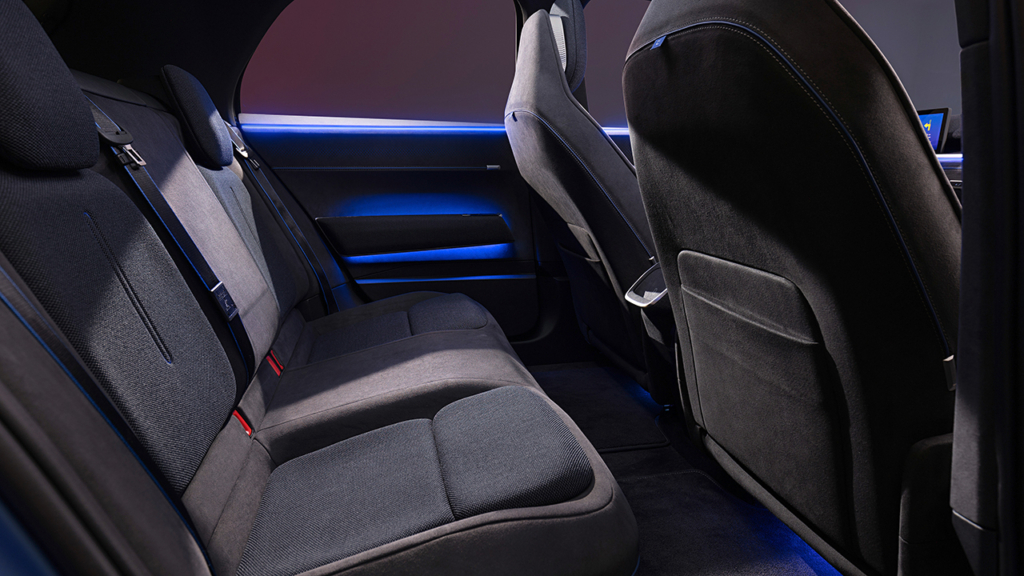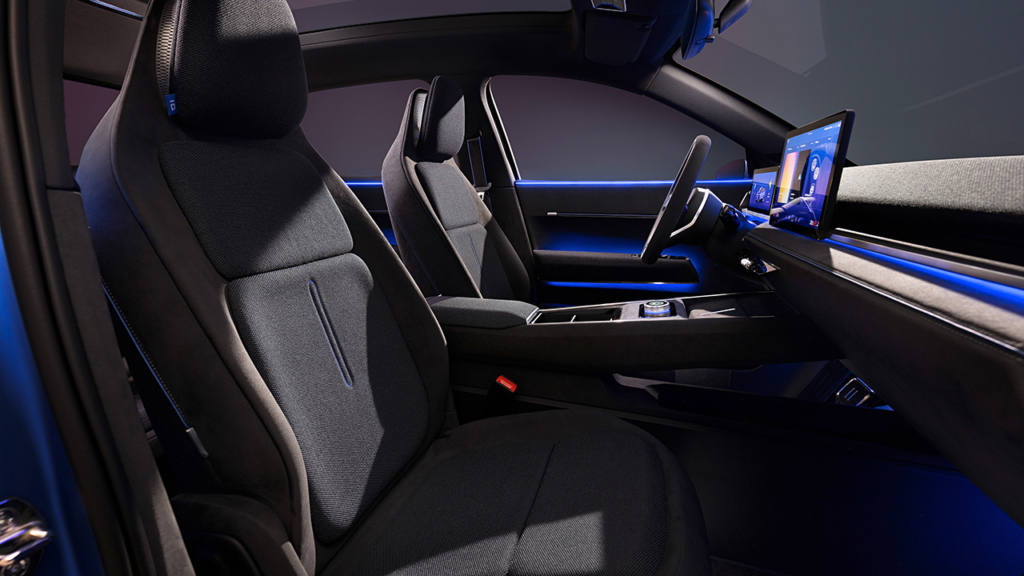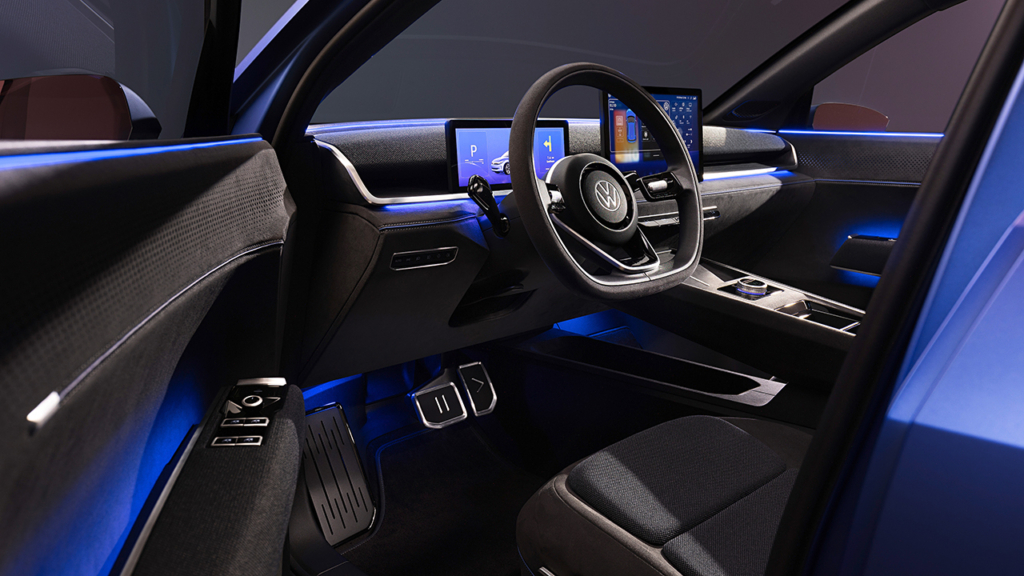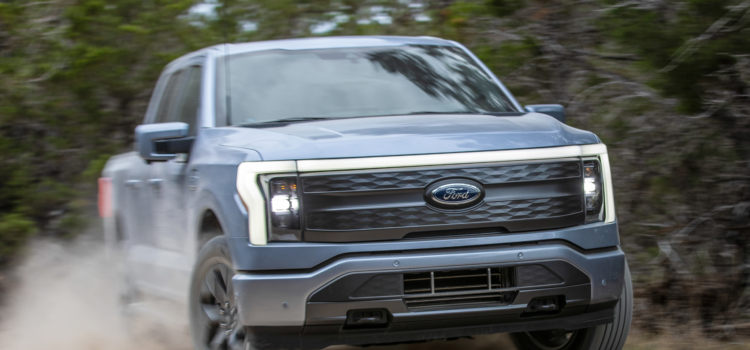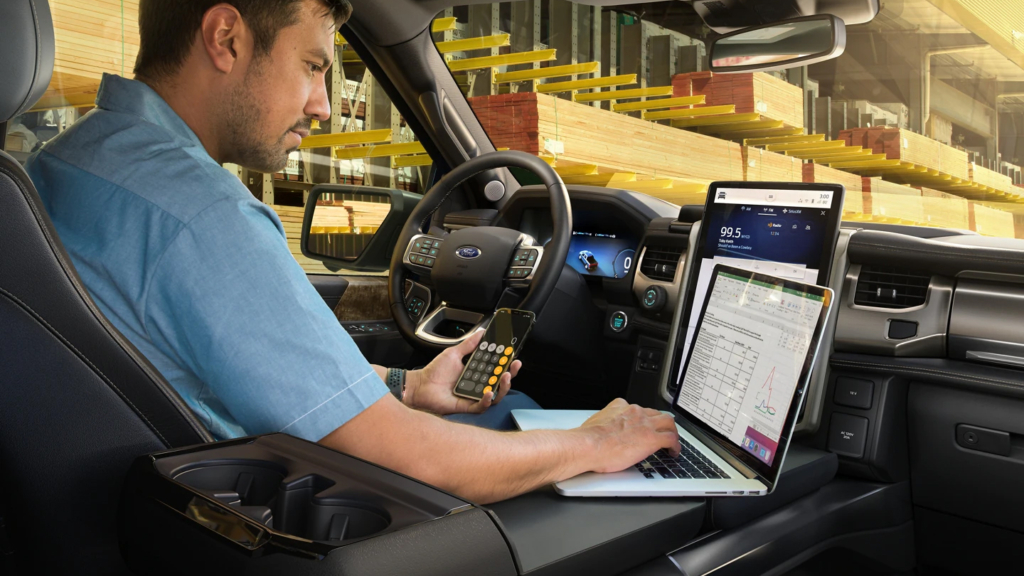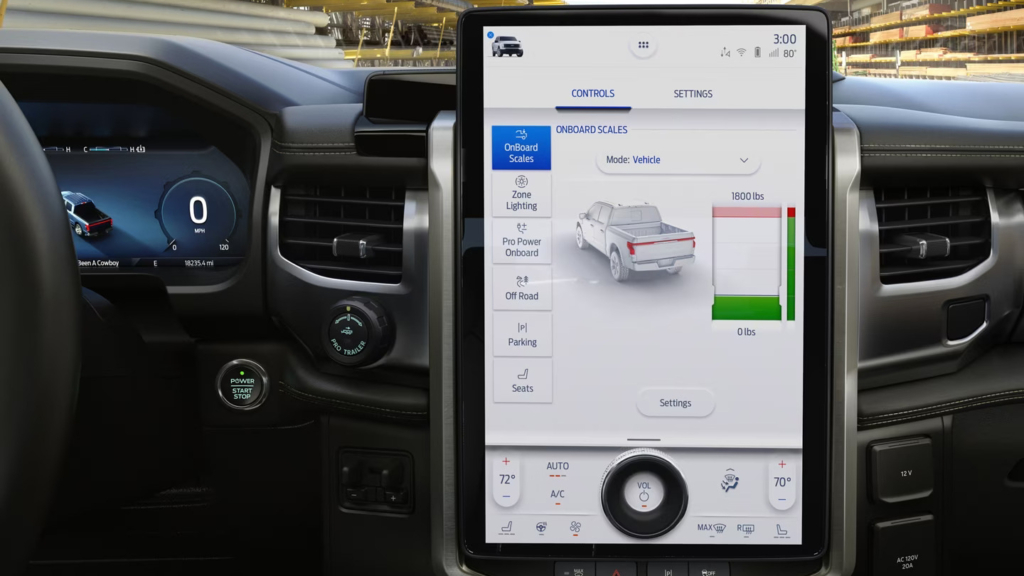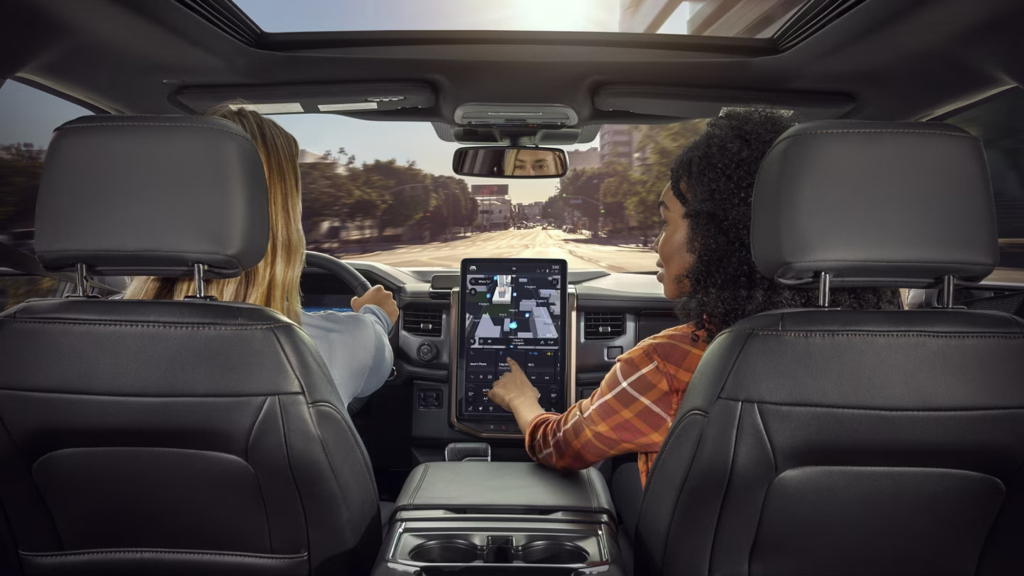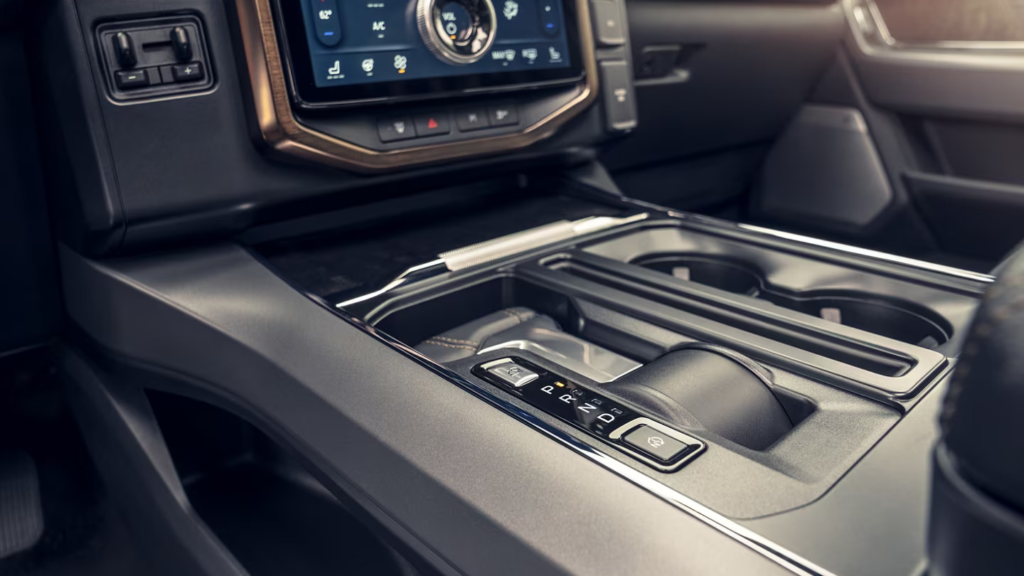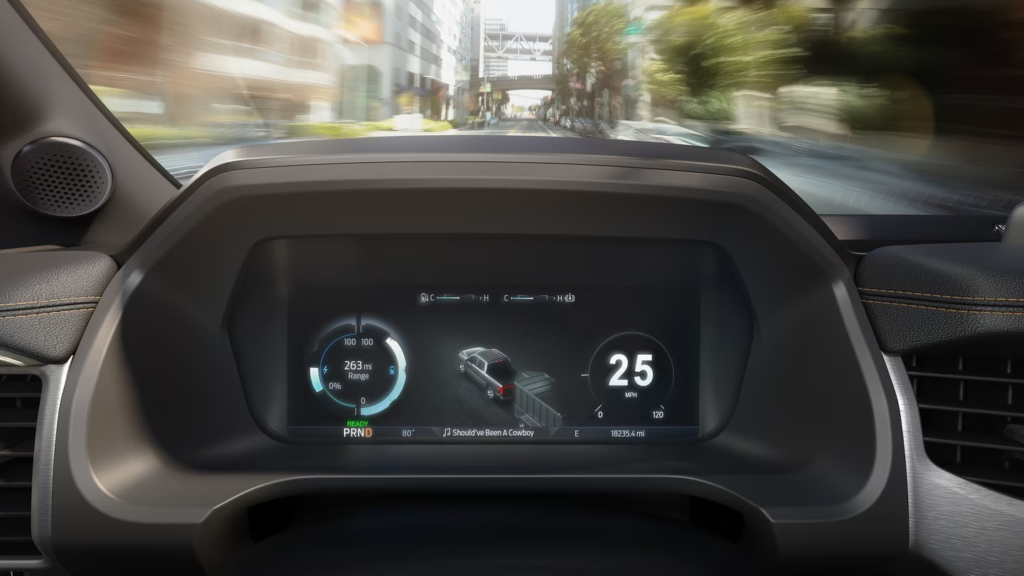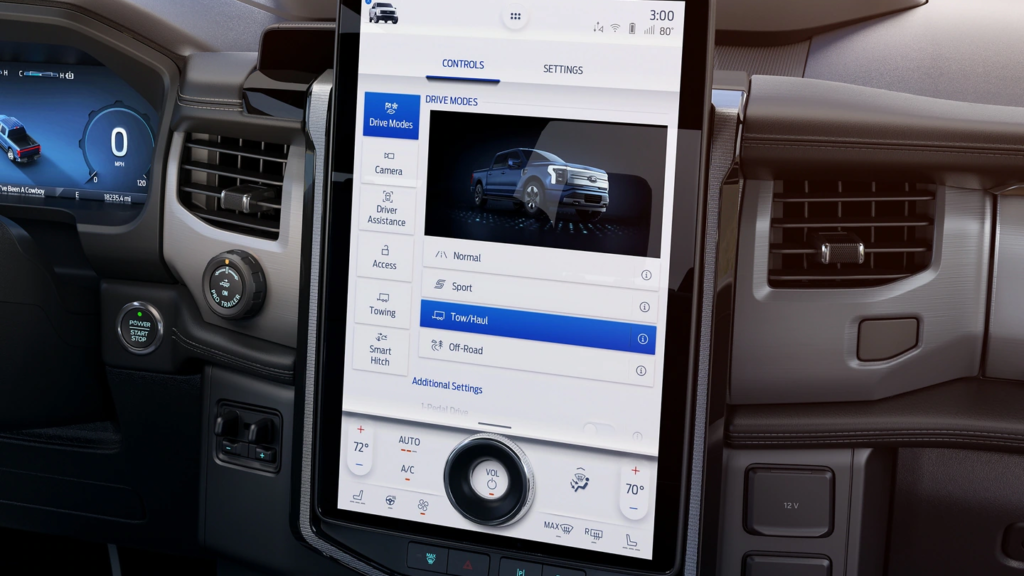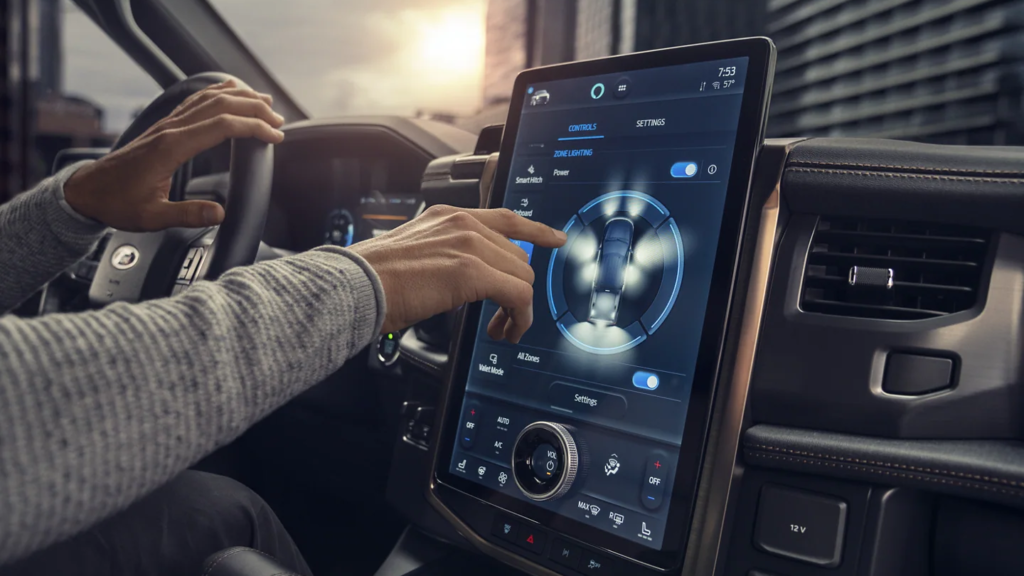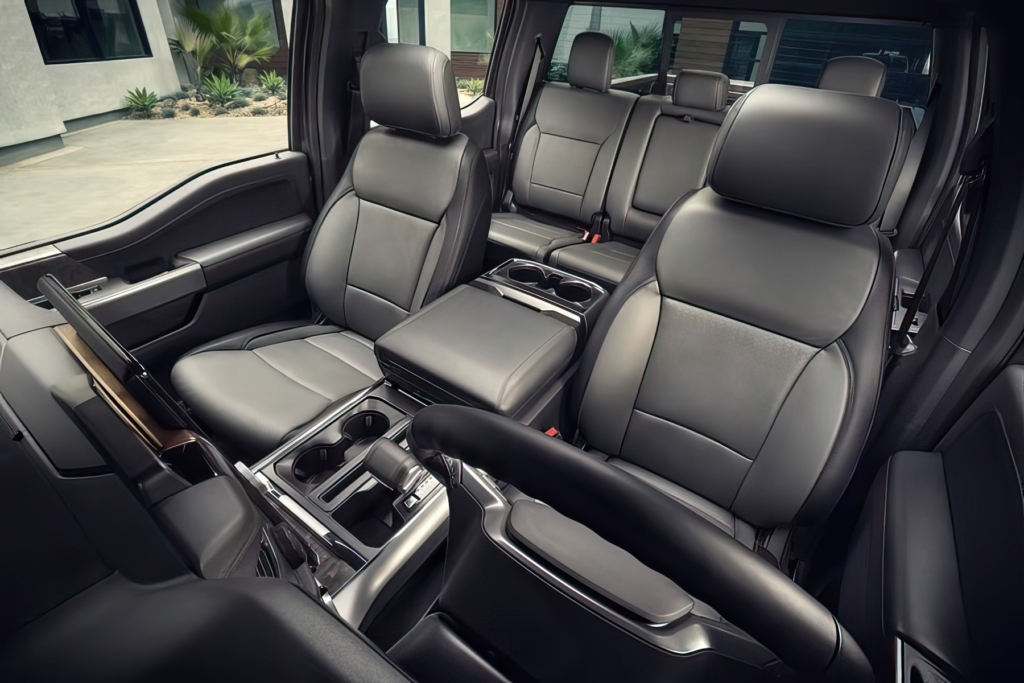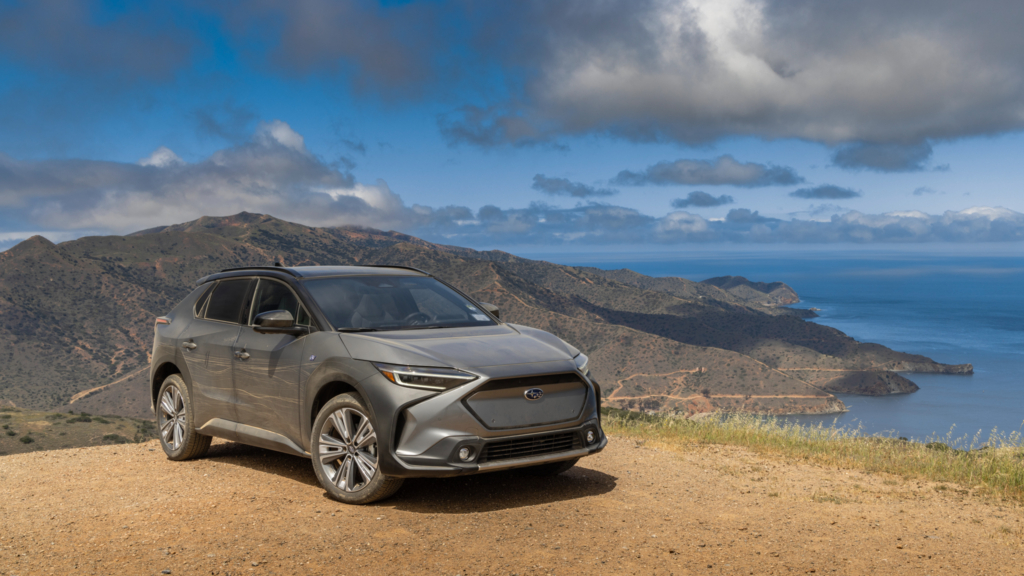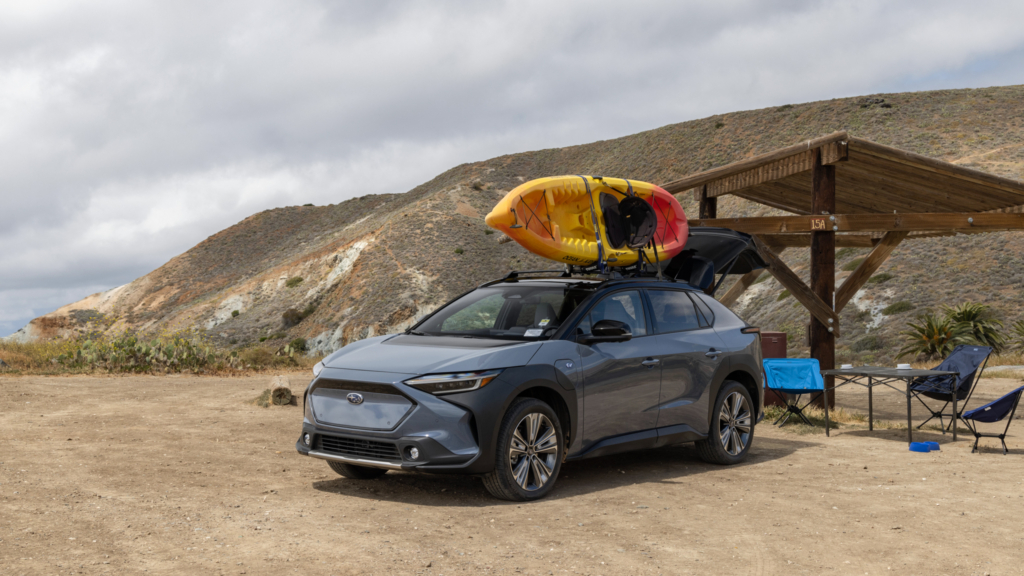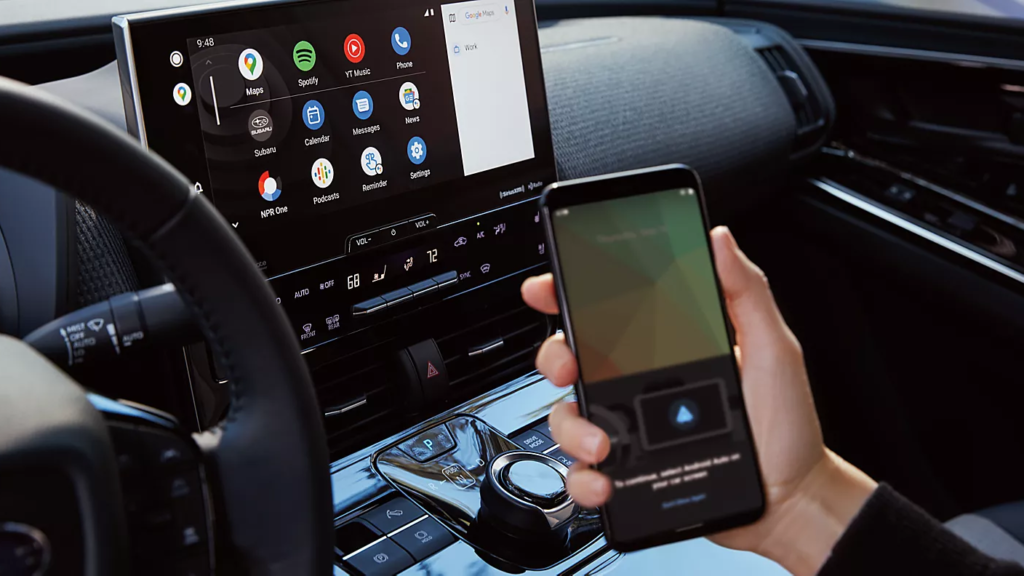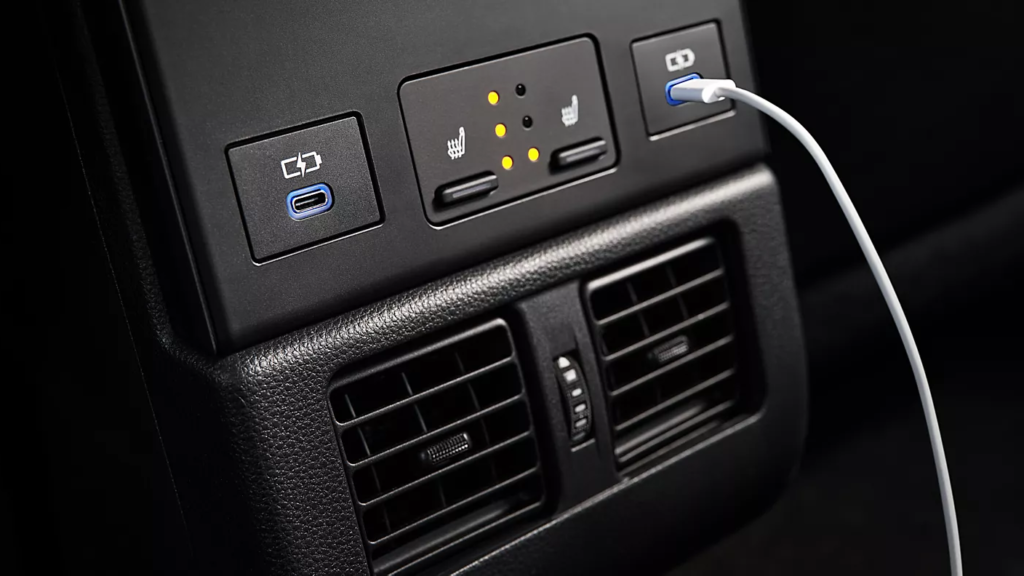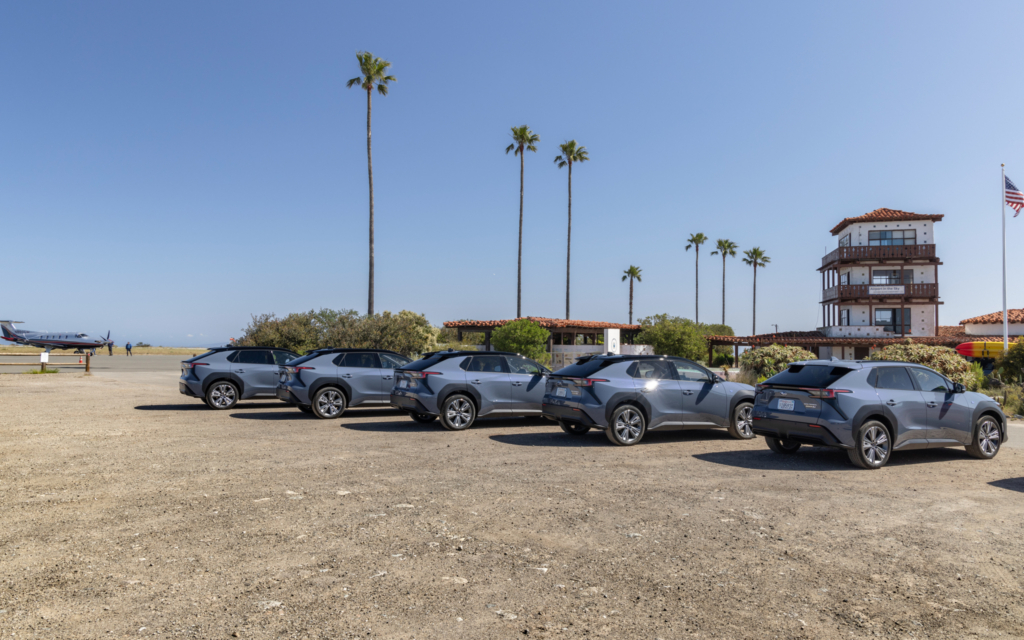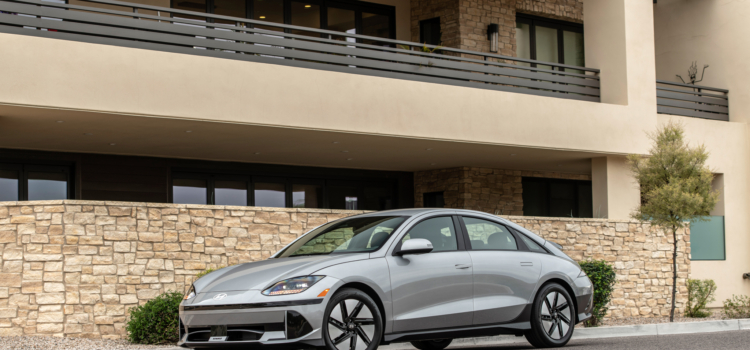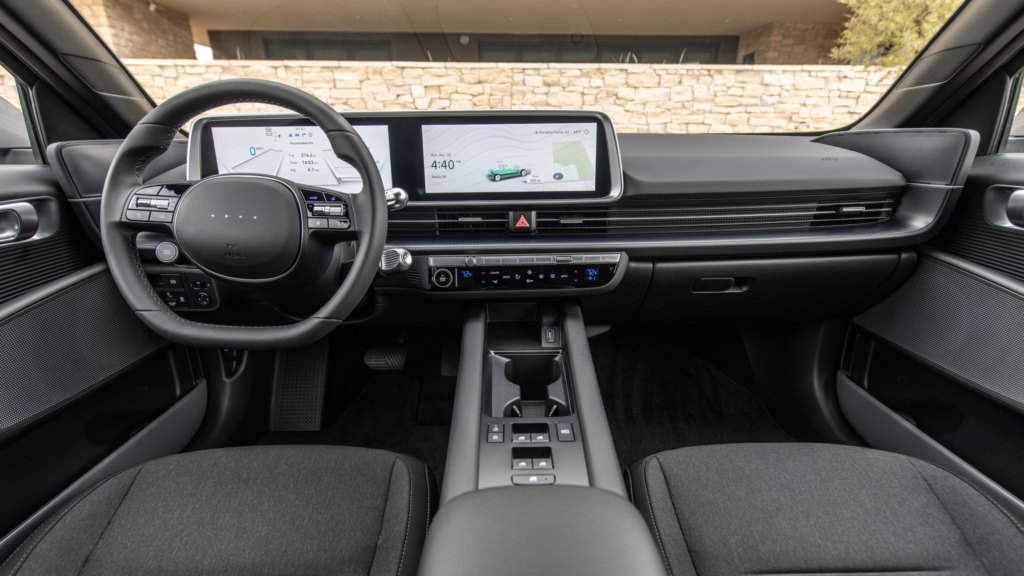Once the best-selling EV on the market, the Nissan Leaf isn’t long for this world
Since its 2010 debut, the Nissan Leaf has been a flagship EV for the Yokohama, Japan-based automaker. The affordable electric car was even the top-selling plug-in-electric (PEV) model until 2020, when it was surpassed by Tesla’s Model 3. The 2024 Nissan Leaf carries on the legacy of being a great entry-level EV option.
Despite a significant refresh in 2017, Nissan announced in mid-2022 that they would be phasing out the Leaf in favor of more advanced models. As a result, it’s not surprising that the 2024 Nissan Leaf lacks major updates from previous model years. In fact, the file name of the photo above (when you download it from Nissan’s press site) is “2023 Nissan LEAF_38-source.jpg” — so make of that what you will.
The 2024 Nissan Leaf’s starting MSRP is under $30,000, meaning it is a great budget option if you’re looking to join the world of electrified motoring — but it comes with some drawbacks. It’s clear that the Nissan Leaf line is no longer a priority for the carmaker, who has pledged to make 40% of its line electric by 2030. Most glaringly, the 2024 Nissan Leaf remains the last production model EV using the CHAdeMO connector rather than the more common CCS connector. To say the least, EV charging standards are undergoing a radical transformation that will make the Leaf feel dated before it even hits the lots.
Nissan Leaf $3,750 tax credit status
UPDATE (10/17/23 10:30PM)
Via press release, Nissan has announced that new Leaf vehicles “meet the “battery component” requirements of the Inflation Reduction Act of 2022 and may now qualify for the $3,750 tax credit.”
- The 2024 LEAF was purchased and placed into service by December 31, 2023.
- The customer meets all purchase and income qualifications for the EV tax credit as outlined in Internal Revenue Code Section 30D.
We’ll save you a click – Internal Revenue Code Section 30D says that to qualify for the $3,750 tax credit, you must:
- Buy it for your own use, not for resale
- Use it primarily in the U.S.
Back off, capitalist fat cats, because to receive the $3,750 tax credit, your modified adjusted gross income (AGI) may not exceed:
- $300,000 for married couples filing jointly
- $225,000 for heads of households
- $150,000 for all other filers
2024 Nissan Leaf price and trim level options

🚦Get ready, set, full disclosure! Some of the links powering our posts contain affiliate links, which means we may earn a small commission if you decide to make a purchase, even if it’s not from the page we linked. Affiliate links are not always an endorsement of the product. To really help us keep our headlights shining to make more content like this, subscribe to the Acceleramota newsletter.
The 2024 Nissan Leaf is available in two “grades,” the Leaf S and the Leaf SV Plus. The Leaf S has an MSRP of $28,140 for the barebones model and the Leaf SV Plus starts at $36,190.
Let’s take a look at how the 2024 Nissan Leaf’s trim options match up:
2024 Nissan Leaf S
- Starting Price: $28,140
- Lithium-ion battery capacity: 40kWh
- Electric motor power: 110-kW / 147hp / 236 lb-ft of torque
- EPA-estimated range: 149 miles
2024 Nissan Leaf SV Plus
- Starting price: $36,140
- Lithium-ion battery capacity: 60kWh
- Electric motor power: 160-kW / 214hp / 250 lb-ft of torque
- EPA-estimated range: 212 miles
Available upgrades and accessories include:
- Factory installed options
- Premium paint (2-Tone): $695
- Premium paint: $395
- Cargo cover: $220
- Port installed accessories
- Protection package: $280
- Splash guards: $245
- USB charging cable set: $90
- Floor mats and cargo area mat cargo organizer: $285
- Rear cupholders and stash tray: $260
- Kick plates: $160
- Safety kit: $100
Since the Nissan press release cites the 2023 Leaf’s “refreshed exterior design, including an enhanced front grille, bumper molding and headlights, plus interior upholstery changes and a new 17-inch wheel design for SV Plus,” it’s safe to assume the exterior and interior options will remain unchanged.
2024 Nissan Leaf exterior color options:
- 2024 Nissan Leaf S only
- Glacier white
- 2024 Nissan Leaf S and 2024 Nissan Leaf SV Plus
- Brilliant silver metallic
- Gun metallic
- Super black
- Deep blue pearl
- 2024 Nissan Leaf SV Plus only
- Scarlet Ember tint coat (premium color) (Leaf SV Plus only)
- Pearl White tri-coat (premium color)
- Pearl White tri-coat + Super Black (2-tone premium color)
2024 Nissan Leaf interior options:
- Black cloth
- Leaf S interior accents: gray
- Leaf SV Plus interior accents: gloss black
Interior and tech
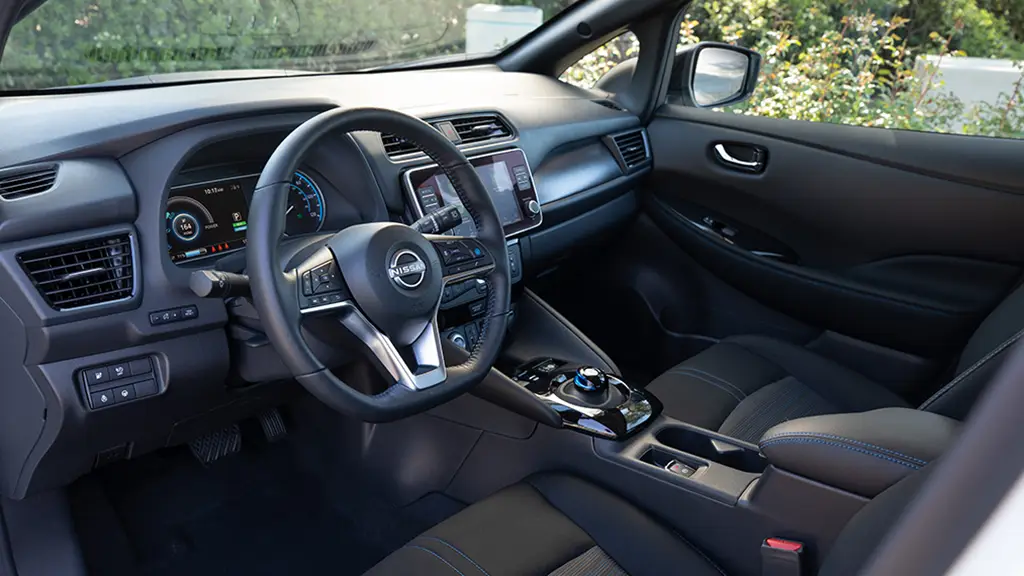
Another sign that Nissan’s media team is sunsetting the Leaf model is that they haven’t provided any new photos of the 2024 Nissan Leaf’s interior. Once again, it’s a safe bet to infer that relatively little has changed, so the image above is from the 2023 Nissan Leaf’s press release. Do with that information what you will.
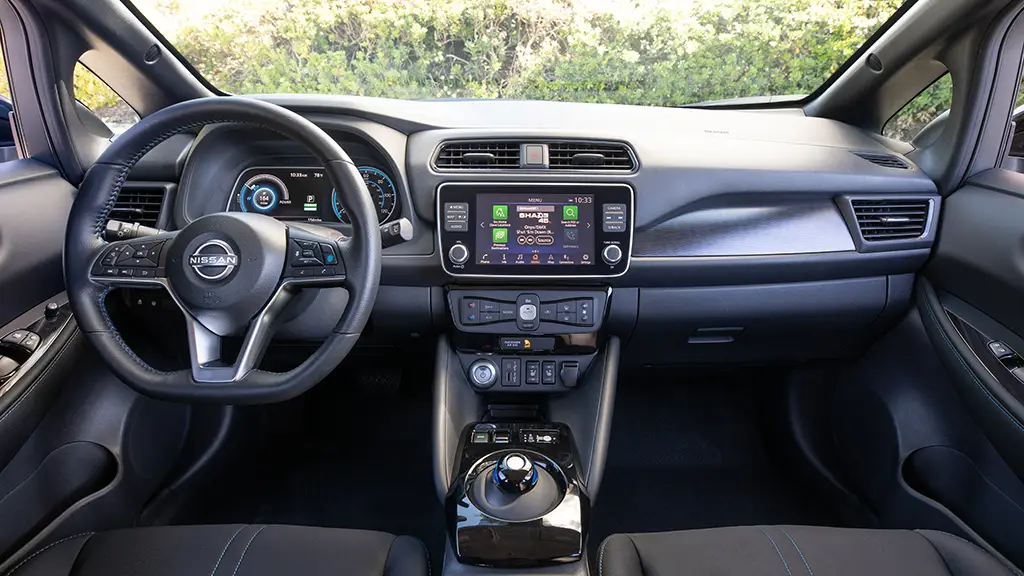
As far as interior tech bells and whistles go, the 2023 model boasted “a new brand identity badge on the steering wheel and a new start-up video on the instrument panel screen,” because who doesn’t love a fun little video?
Interior space:
- Front seat headroom: 41.2″
- Rear seat headroom: 37.3″
- Front seat legroom: 42.1″
- Rear seat legroom: 33.5″
- Front seat hip room: 51.7″
- Rear seat hip room: 50.0″
- Front seat shoulder room: 54.3″
- Rear seat shoulder room: 52.5″
Exterior dimensions:
- Wheelbase: 106.3″
- Overall length: 176.4″
- Overall width: 70.5″
- Overall height: 61.5″
- Track width (front/rear): 60.6″ / 61.2″
Tech features:
- NissanConnect infotainment system:
- 8-inch color display
- Apple CarPlay
- Android Auto
- SiriusXM
- Four USB ports
- Charging timer,
- HVAC timer (for pre-heating or pre-cooling the cabin)
- Nissan Leaf SV Plus infotainment upgrades:
- Nissan door-to-door navigation
- NissanConnect services
- NissanConnect EV smartphone app (free 3-year trial included)
- Nissan Safety Shield 360
- Automatic emergency braking with pedestrian detection
- Blind spot warning
- High beam assist
- Lane departure warning
- Rear cross-traffic alert
- Rear automatic braking.
- Driver assistance and convenience features
- Rear door alert
- Rear parking sensors
- Leaf SV Plus additional features
- Intelligent Driver Alertness (ID-A)
- Intelligent Around View Monitor (I-AVM)
- ProPilot Assist (combination steering assist + Intelligent Cruise Control)
2024 Nissan Leaf electric range and charging times
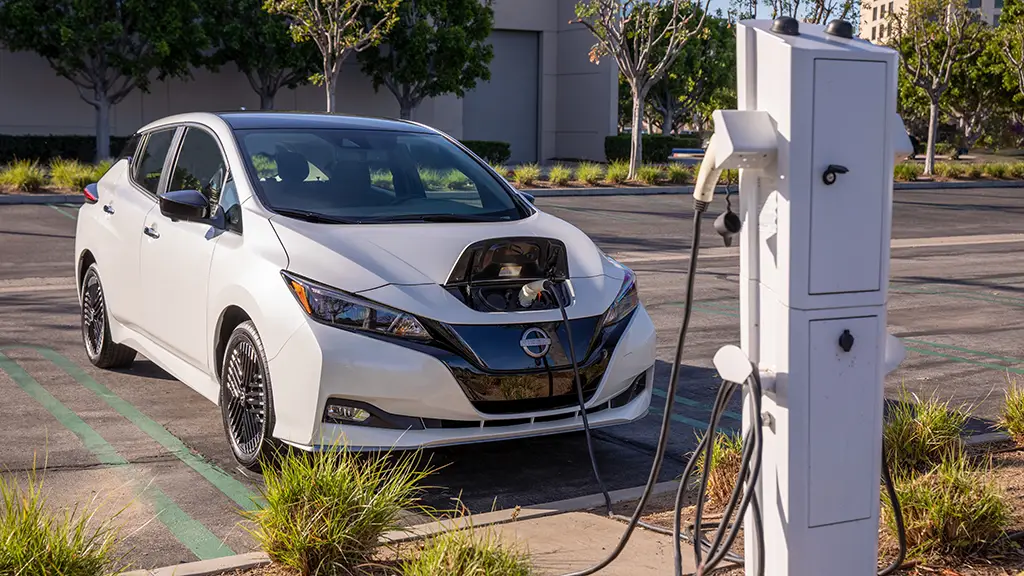
Keep in mind, Nissan’s decision not to update the CHAdeMO adapter on its 2024 Nissan Leaf models could negatively impact its resale value, causing it to depreciate more than it would already. For those of you on the fence, might I interest you in the similarly priced, higher spec, and tax credit-eligible Chevy Bolt?
If you’re dead set on a Leaf, definitely lease it. All leases qualify for the federal tax incentive and most reputable dealers will pass the savings onto you. Just ask before signing anything, and if they don’t budge? Walk away and keep your phone on standby. You’ll hear back.
- Leaf S
- Electric range: 149 miles
- Charging time: Charges to 80% in 40 minutes
- Quick charge port: 50 kW (CHAdeMO)
- Leaf SV Plus
- Electric range: 212 miles
- Charging time: 80% in 60 minutes
- High-output quick charge port: 100 kW (CHAdeMO)
Engine and performance
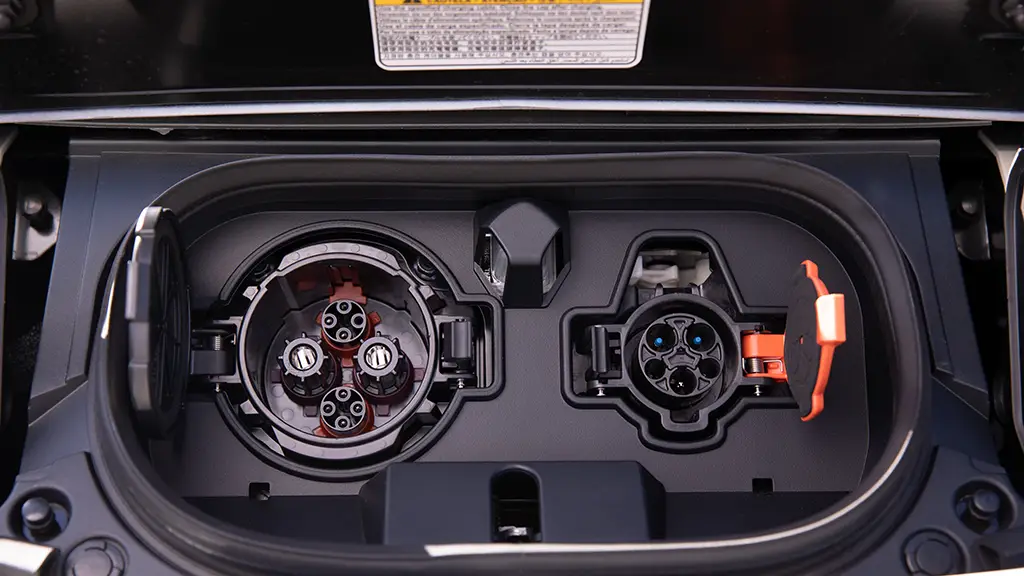
For an entry-level EV, the 2024 Nissan Leaf has quite a bit of power.
- Leaf S
- Lithium-ion Battery Capacity: 40kWh
- Electric Motor Power: 110-kW / 147hp / 236 lb-ft of torque
- Leaf SV Plus
- Lithium-ion Battery Capacity: 60kWh
- Electric Motor Power: 160-kW / 214hp / 250 lb-ft of torque
Design changes

While the overall design is unchanged from the 2023 model, it’s worth calling out that the 2024 Nissan Leaf SV Plus trim level comes standard with this futuristic-looking 5-spoke, 17-inch alloy wheel.
2024 Nissan Leaf review (to come)

The Nissan Leaf has been a stalwart in the world of electric vehicles, and at one time it was the most popular EV in the world. Past models were praised for their surprisingly spacious interiors and efficient, powerful motors (for an entry-level hatchback.)
Seeing as the 2024 Nissan Leaf is very much a rehash of the 2023 model, we’d expect a review to line up pretty solidly with our expectations. That is to say, despite being on its way out, the 2024 Nissan Leaf remains one of the few truly affordable EVs, though if you’re not in a rush, you could always save up an extra $7,000 over the next year for the 2025 Volvo EX30. While this will be a new model in Volvo’s electrified lineup, the Swedish carmaker has proven itself a serious contender in the EV space with the revered XC40 Recharge.
FAQs
Does the Nissan Leaf qualify for the $3,750 tax credit for new electric vehicles?
Yes! Nissan just announced that new Leaf vehicles may qualify for an electric vehicle tax credit of $3,750 thanks to the “battery component” regulations in the Inflation Reduction Act of 2022. You must purchase the vehicle by December 31, 2023 to be eligible. Additionally, you must purchase the vehicle to use, not resell, and drive it primarily in the U.S.
Also, according to Internal Revenue Code Section 30D, your Modified Adjusted Gross Income cannot exceed:
- $300,000 for married couples filing jointly
- $225,000 for heads of households
- $150,000 for all other filers
Is the Nissan Leaf being discontinued?
Yes, in 2022 the Japanese carmaker announced it would be phasing out the Leaf model. Still, Nissan still plans to develop electric vehicles, with its “Nissan Ambition 2030” pledge aiming for 40% EVs by 2030.
How much does a Nissan Leaf battery cost?
Lithium-ion batteries aren’t cheap! Should the worst-case scenario happen and your Nissan LEAF’s battery needs replacement, you’ll be looking at a hefty bill, according to findmyelectric.com.
- 40 kWh battery: $6,500 – $7,500
- 60 kWh battery: $8,500 – $9,500
Where can I charge my Nissan Leaf?
The 2024 Nissan Leaf’s CHAdeMO port limits the number of charging locations when you’re out and about. Check PlugShare for an updated list of CHAdeMO stations.


